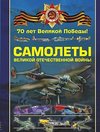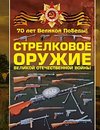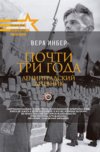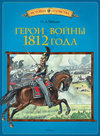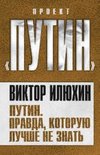
Russian Revolution
Source: Wikipedia. Pages: 182. Chapters: Russian Civil War, Finnish Civil War, October Revolution, February Revolution, Bloody Sunday, Sfatul Tarii, March Days, Polish-Lithuanian War, Caucasus Campaign, List of book-based war films, Red Army invasion of... Viac o knihe
Produkt je dočasne nedostupný
34.32 €
bežná cena: 39.00 €
O knihe
Source: Wikipedia. Pages: 182. Chapters: Russian Civil War, Finnish Civil War, October Revolution, February Revolution, Bloody Sunday, Sfatul Tarii, March Days, Polish-Lithuanian War, Caucasus Campaign, List of book-based war films, Red Army invasion of Georgia, Left-wing uprisings against the Bolsheviks, Red Terror, Estonian War of Independence, Battle of Baku, Lithuanian Wars of Independence, Ukrainian-Soviet War, Turkish-Armenian War, North Russia Campaign, Armenian-Azerbaijani War, Russian Provisional Government, Shooting of the Romanov family, Siberian Intervention, Basmachi movement, Petrograd Soviet, Latvian War of Independence, Ten Days that Shook the World, Polish-Soviet War in 1919, Polar Bear Expedition, White Terror, White émigré, Military Revolutionary Committee, Revolution in the Kingdom of Poland, Pyotr Tkachev, Kornilov affair, Georgian-Ossetian conflict, Slutsk Defence Action, Battle of Kruty, Left SR uprising, Khotin Uprising, Army of Islam, September Days, Transcaucasian Democratic Federative Republic, April Theses, Sochi conflict, Lódz insurrection, Viena expedition, Coup of June 1907, Japan during the Siberian Intervention, Sisson Documents, The Twelve, Russian Revolution and the Emancipation of Women, Order No. 1, Saint Petersburg Soviet, Worker's Marseillaise, Smenovekhovtsy, Aunus expedition, The ABC of Communism, Special Transcaucasian Committee, Stepan Maximovich Petrichenko, Voskresenie, Factory committee, Georgian-Armenian War, Nikolayevsk Incident, Russian Republic, Red Guards, Pope Benedict XV and Russia, Provisional Polish Revolutionary Committee, Committee of Members of the Constituent Assembly, Shuliavka Republic, Heimosodat, Junker mutiny, Battle of Bakhmach, Mladorossi, Galician Soviet Socialist Republic, Vyborg Manifesto, Gurian Republic, Kakhet-Khevsureti Rebellion, Stary Buyan Republic, Rumcherod, Great Siberian Ice March, Black Guards, 1921 Svanetian Uprising, Red Cavalry, Caucasus Front, Transcaucasian Commissariat, Armed Forces of South Russia, Chita Republic, First Winter Campaign, Provisional Committee of the State Duma, Kerensky-Krasnov uprising, Sveaborg Rebellion, Pork mutiny, Directorate, Forest Guerrillas, Prague Party Conference, The Two Octobers, Kronstadt Mutiny. Excerpt: The Finnish Civil War (Finnish: ; Swedish: ) was a part of the national, political and social turmoil caused by World War I (1914-1918) in Europe. The Civil War concerned control and leadership of Finland as it achieved independence from Russia after the October Revolution in Petrograd. The war was fought from 27 January to 15 May 1918 between the forces of the Social Democrats led by the People's Deputation of Finland, commonly called the "Reds" (Finnish: ), and the forces of the nonsocialist, conservative-led Senate, commonly called the "Whites" (Finnish: ). The Reds - usually Finnish speaking workers - were supported by the Russian Soviet Republic; they were based in the industrial cities in the south. The Whites - dominated by farmers and by middle and upper class Swedish speakers - received military assistance from the German Empire.. The Whites won the war, in which about 37,000 people died out of a population of 3 million. Since 1809, present-day Finland had been ruled as a nominally autonomous part of the Russian Empire, the Grand Duchy of Finland. The February and October Revolutions in 1917 led to the Russia's defeat in World War I. The chaos that ensued induced the breakdown of the Finnish state and disinteg...
- Vydavateľstvo: Chronicle Books
- Formát: Paperback
- Jazyk:
- ISBN: 9781157643067

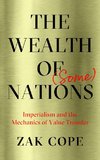
 Anglický jazyk
Anglický jazyk 



 Ruský jazyk
Ruský jazyk 